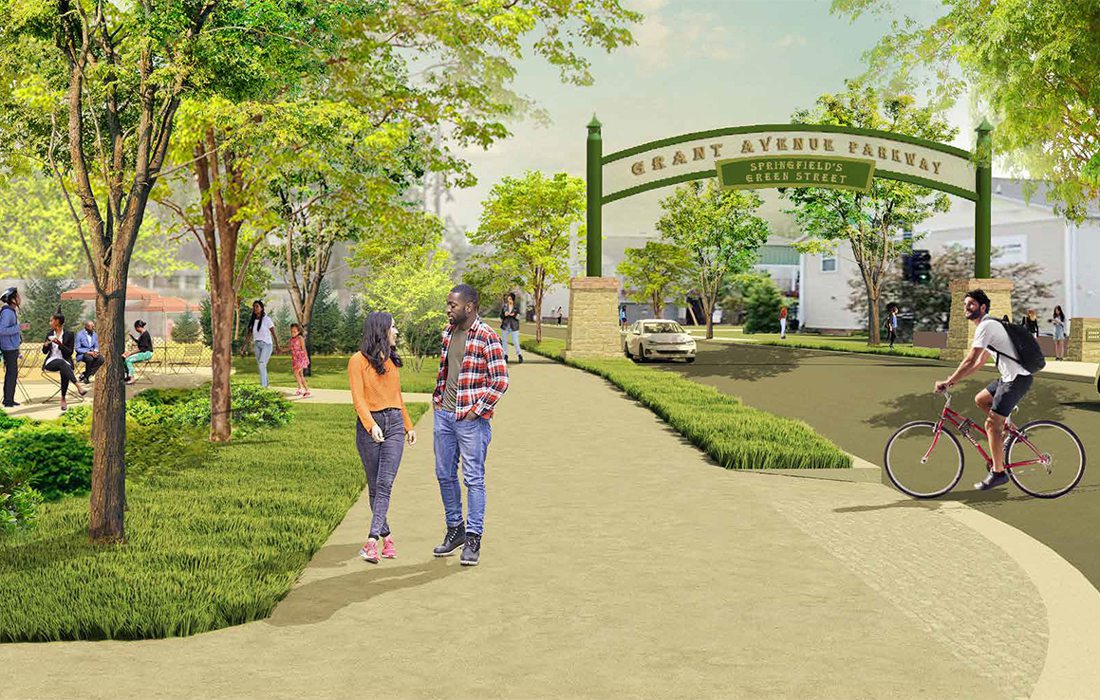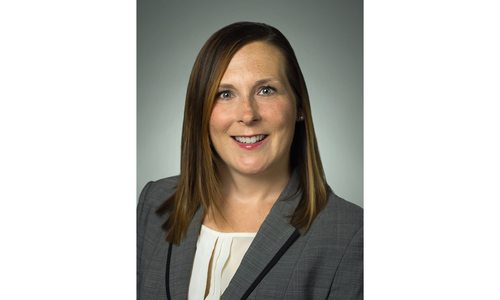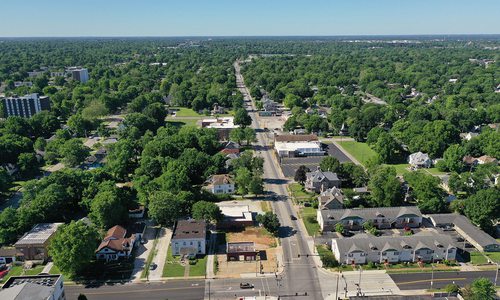Think back to when you were fresh out of college and looking for your first job in the city where you’d begin your professional life. Would the Queen City have been on your short list? This is what Springfield, Missouri city leaders and planners are trying to figure out. How can they attract young professionals to Springfield and convince the college-aged crop of professionals who are already here to stay?
The city’s population is rising—according to a study released in 2021 by the University of Missouri Extension, Springfield saw more growth between 2019 and 2020 than any other city in the state. Major national players call the area home, including Bass Pro, O’Reilly Auto Parts, Prime Inc., Russell Cellular, BKD CPAs and Advisors and Jack Henry & Associates. Springfield also has the largest public school system in the entire state, and the cost of living puts Springfield as the third cheapest city in Missouri. So the city has a lot to offer. But is it enough?
To make Springfield more welcoming to young professionals, city leaders have two major focuses. The first is making Springfield a more attractive place to live with more affordable housing, more pedestrian-friendly districts and investments in historic neighborhoods. The second focus is making Springfield easier to plug into with programs geared toward young professionals, including The Network, the Multicultural Business Association, Springfield Creatives and various eFactory initiatives. The question is whether these features are enough to entice young workers and convince them to put down roots.

















